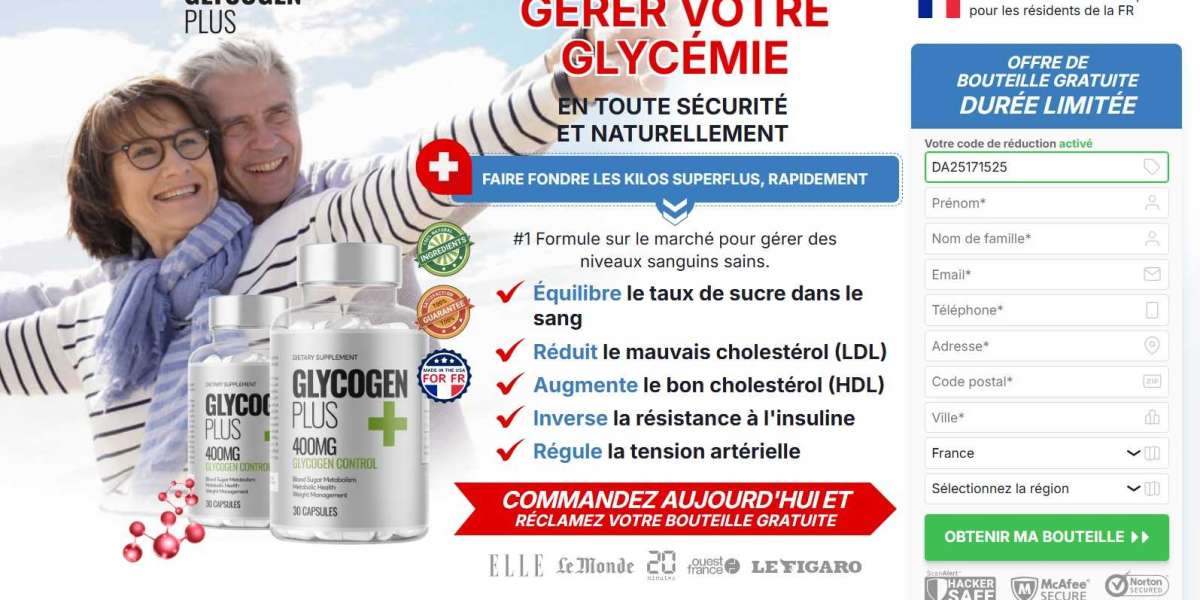On August 30, 2023, a collaborative effort brought forth a groundbreaking revelation in an online article titled "IRF7 and CTSS are pivotal for cutaneous wound healing and may serve as therapeutic targets", published in Signal Transduction and Targeted Therapy.
Interestingly, the fetus's ability to heal without scarring was found to be age-dependent. In mice, early gestation (embryonic day 16, E16) displayed near-normal healing post-injury, while late gestation (E18) exhibited marked fibrotic responses. The precise mechanisms underlying this transition remain largely enigmatic.
Critical Time Point at E18:
The authors' observations suggest that E18 represents a critical juncture in the shift from scarlessness to scar healing. 48 hours post-total skin excision surgery, E16 embryonic mice exhibited uniform wound healing, while E18 mice displayed strikingly distinct changes. In the E18 group, there was dense collagen remodeling and a notable accumulation of inflammatory cells. Collagen bundles in E18 wounds assumed scar-like structures, as indicated by higher FD values and lower L values compared to E16 wounds.
Crucial Factors in the Transition:
The study revealed a more pronounced accumulation of interleukin 6, activation of the NF-κB pathway, and enhanced osteoclast differentiation in the E18 group. These factors were implicated in the shift from an inflammatory response to late post-injury repair, leading to fibrosis and scarring. Notably, the Toll-like receptor (TLR) signaling pathway emerged prominently in the E18 group, suggesting a strong positive correlation between TLR pathway activation and late embryonic scarring. Cathepsin S (CTSS), a secreted protease involved in the TLR signaling pathway, was found to be significantly differentially expressed in the E18 group, while not in the E16 group. Immunohistochemical staining confirmed elevated CTSS expression in the E18 group at resection margins and residual sites, notably within fibroblasts and inflammatory cells.
The Impact of CTSS on Skin Fibroblasts:
The study further explored the effects of CTSS on human skin fibroblasts (HSFs). Transfection with a CTSS knockdown plasmid resulted in the downregulation of type I collagen, type III collagen, and fibronectin expression. Administering the CTSS inhibitor LY3000328 during the granulation and proliferation stages in a C57B1/6J model of proliferative scarring mice demonstrated remarkable results. Treatment with LY3000328 for ten consecutive days significantly reduced scar growth by 65.1% and reduced scar tissue thickness. Consequently, LY3000328 treatment diminished the cross-sectional area of scar tissue, effectively inhibiting myofibroblast activation and reducing scar formation.
IRF7 as a Key Regulator:
The study also revealed that IRF7 was a significant factor in upregulating CTSS. IRF7 was found to bind to the CTSS promoter in HSF cells, enhancing CTSS mRNA and protein expression. Interestingly, both IRF7 and CTSS exhibited upregulation in keloid, a pathological scar. This suggests that the overexpression of IRF7 and CTSS may play a pivotal role in keloid formation.
Conclusion:
This study highlights the transcriptional activation of CTSS in fibroblasts by IRF7 and underscores its potential as a therapeutic target for mitigating fibrosis. However, further investigations into their interactions with other cellular and molecular components during wound repair, including inflammatory monocytes, are warranted. Additionally, studies involving human proliferative scarring are essential, although they present challenges in acquiring clinical samples.

